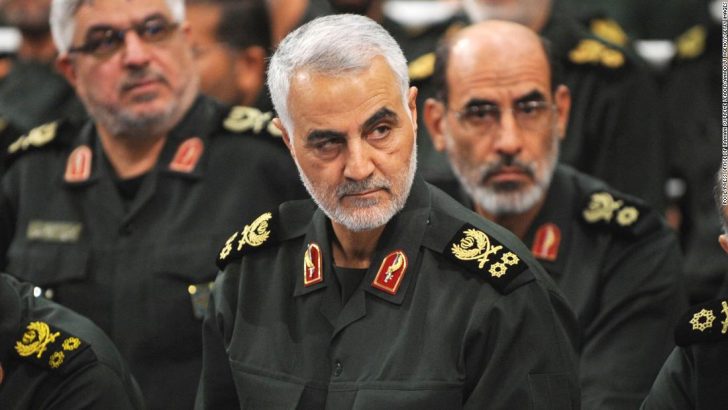Iraqis fear their country, already weary from years of war, may be dragged into a conflict between the United States and Iran, following the US-targeted killing in Baghdad of Iran’s top general, Qassem Soleimani.
“We prayed during the days of Christmas for peace on earth, and the timing of this revenge from America creates in us a big anxiety about what will happen,” Chaldean Catholic Archbishop Yousif Thomas Mirkis of Kirkuk, Iraq, said.
Division
“This can also divide the population. Some are against. Some are for,” Archbishop Mirkis explained, but warned that the assassination of Soleimani, known as the architect of Tehran’s proxy wars in the Middle East, could spark further sectarian divisions in Iraq between Sunni Muslims and Shiites.
Many of the recent demonstrations rocking the capital, Baghdad, and southern Iraq were against the growing influence of Iran and Soleimani’s al-Quds Force inside Iraq. Soleimani was widely seen as the second-most-powerful figure in Iran, behind Ayatollah Ali Khamenei, Iran’s supreme leader. Soleimani is believed to have been responsible for hundreds of US service member deaths in Iraq. He was also Iran’s main strategist in the Syrian conflict.
“We only pray that the situation can be calm and peaceful. We are waiting to see,” Archbishop Mirkis said. “The situation in Baghdad and the South is more troubled. But Kirkuk and Kurdistan region is still calm. Until now, this is all that we can say.”
Analysts say Soleimani was a “much more powerful figure” than former al-Qaida chief Osama bin Laden or Abu Bakr Baghdadi, the now-deceased leader of the so-called Islamic State.
The Soleimani killing was sparked by a series of escalating attacks between the US and Iranian-backed forces. It began with the Iranian-backed Iraqi Shiite militia Kataeb Hezbollah’s firing of 31 rockets into a base in Kirkuk province on December 27. The attack killed an American contractor and wounded several US and Iraqi servicemen. In response, the US bombed five of the militia’s sites in Iraq and Syria. Militia supporters retaliated by setting fire to the wall and attacking the US Embassy in Baghdad.


 Qassem Soleimani
Photo: CNN
Qassem Soleimani
Photo: CNN 